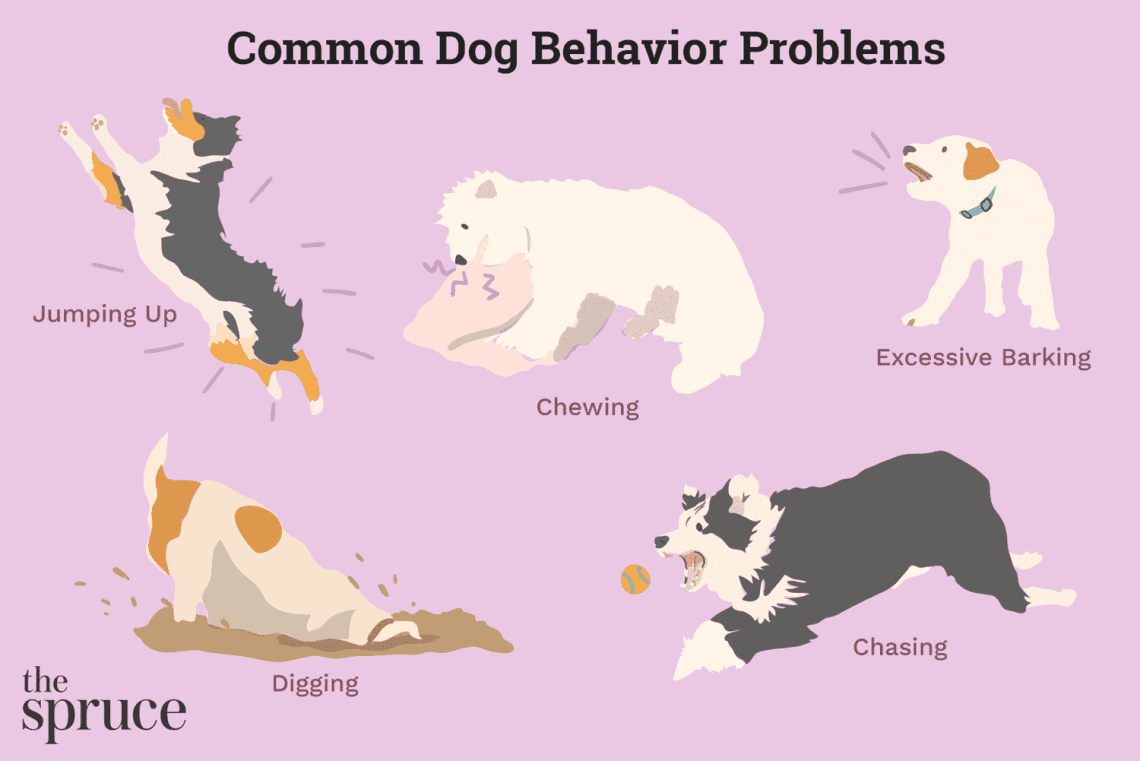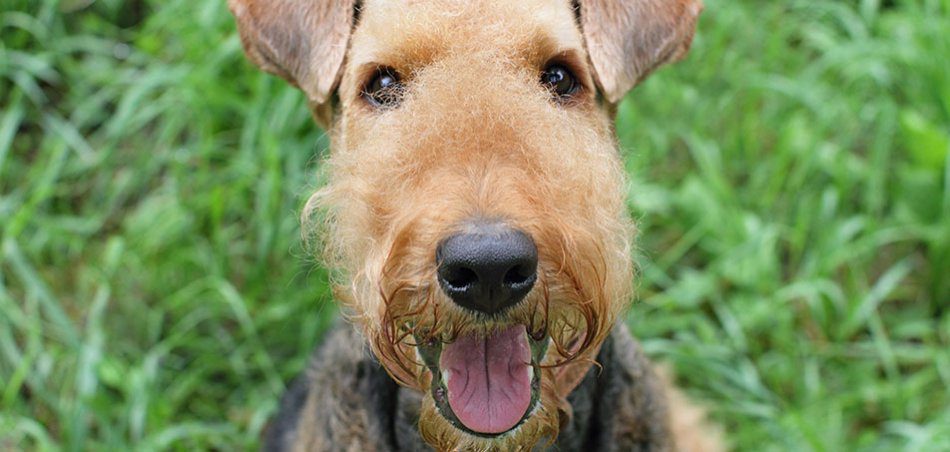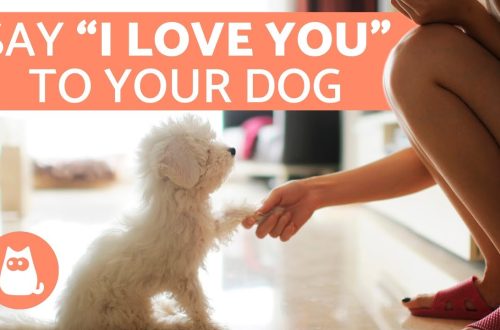
Fa'asa'o le amio a se ta'ifau matua
When we get a dog, most often we build in our heads rainbow and idyllic pictures of our life with her. However, reality does not always match our dreams. Of course, if you start training with your puppy from the very first days, you are more likely to reinforce and form the correct behavior.
How do we provoke dogs into “bad” behavior?
Often we ourselves, without noticing it, provoke the dog to carry out behavior that we later do not like and with which we want to fight. Want some examples?
EXAMPLE 1. Before going to the store or to work, we go to pet the dog, we lament, reassuring: “Don’t worry, I’m literally for a few hours, don’t be bored. I’ll be back, we’ll go for a walk. Why are you making such a sad face? And we leave under the heavy gaze of our sad pet, and inside the heart bursts into thousands of small fragments. Has something like this happened to you?
Congratulations – you are forging a behavior that is quite difficult to correct with your own hands: Separation anxiety.
EXAMPLE 2. You have returned from work, you urgently change clothes to take your dog for a hygienic walk – after all, she has been sitting at home for almost 10 hours. And while you are changing clothes, putting on a harness, fastening a leash, excitedly saying: “Now, now, be patient a little more, now let’s go.” The dog starts up, shifts from paw to paw, grabs you by the hands or by the leash, barks. “Well, now, I see that you already want, wait a minute! Now I’ll just put on my boots.”
Bingo! With a high probability, you are currently sculpting a dog that, when gathering outside, will grab your hands, bark and jump at you, take you out of the entrance, knocking down your neighbors on the go.
EXAMPLE 3. Your dog saw another, pulled on the leash and began to bark. Such situations occur almost every day. What does the owner often do in such a situation? Usually it is rather singsong, soothing: “Santa, why are you barking? This is indeed lelei maile, lelei, see? No need to bark, she lelei!” Almost all of our dogs know the word “Good” – they are “good” after all, and we often say this to them when petting, when we give something tasty. Our dog barks and hears behind him: “Santa, blah blah blah blah blah, good dog, good. Blah blah blah good”.
What does our dog understand in such a situation? – right! She’s done well, you need to bark even harder!
EXAMPLE 4. Or vice versa: the owner is nervous because of the indecent behavior of his pet, begins to swear and shout at him. The dog at this moment rushes at the opponent, knows that the owner is behind her, and “together we are strength!”. The owner also screams and rushes behind his back, which means he also hates this dog! “Hold me forty people! I’ll tear my mouth, I’ll poke out blinkers! ”
How to correct the behavior of an adult dog
I believe that the timely start of classes with a competent instructor will help to avoid the formation of uncomfortable behavior. A good instructor is usually more experienced than the average dog owner. He also knows what behavioral nuances to pay attention to so as not to develop them. He notices the owner’s mistakes, which can provoke problematic behavior in the pet. And, of course, he knows how to solve the already manifested problematic behavior.




The specialist analyzes the causes of problem behavior and then offers a method, or even a combination of correction methods.
Uncleanliness in the house, animal or human aggression, separation anxiety, frequent barking or howling, fear of fireworks or thunderstorms, barking of cyclists or athletes, inability to walk on a slack leash – these are the most common reasons for visiting a dog behavior correction specialist.
But they also resort to the help of a trainer to solve smaller behavioral nuances that are not very comfortable for the owner: the dog steals food from the table or begs, picks up food on the street, does not listen to the owner, does not want to wash his paws or cut his claws, is afraid of new objects, climbs on bed…
I have good news: with proper and thoughtful (sometimes quite long) work of correction, any behavior of the dog lends itself.
It is not always possible to solve the problem completely and finally, but it is always possible to smooth out, reduce it. And it seems to me that one of our master’s duties in relation to our pet is precisely to give him the opportunity to overcome his fears, aggression, mistrust. After all, how nice it is not to fight with a four-legged friend for all our joint 10-15 years of life, but to enjoy them.







